52 Countries in 52 Weeks, Chapter 15: British Isles
In Which I Go My Ancestral Homeland, Riots Break Out, And I Ponder The Differences Between The English And Everyone Else
I arrived in the decaying hostel on the northern edge of the riot-torn country just after midnight.
My homeland had just put out a travel advisory, warning of an elevated chance of terrorist action since a fatal stabbing cascaded into violent clashes across this quaint foreign land, weeks after an election that upended the ruling government.
There was a time when this isolated territory was a beacon of peace and prosperity, but in recent years it had been dominated by abrupt resignations of leaders and roiling tensions over ethnicity and identity.
Welcome to jolly old England.
It’s cheeky and a touch unfair to write this way. At the same time, it’s not inaccurate — and much of the country’s tension these days lies in how people feel about the gap between reality and perception.
When I decided to spend more than two weeks in the British Isles as part of this trip — starting in London for six days with a friend, and then doing a circuit route of Wales, Ireland, and Scotland before heading back down to London — I did not plan on thinking so much about sociopolitical questions.
And yet, for so many reasons, that became the dominant lens.
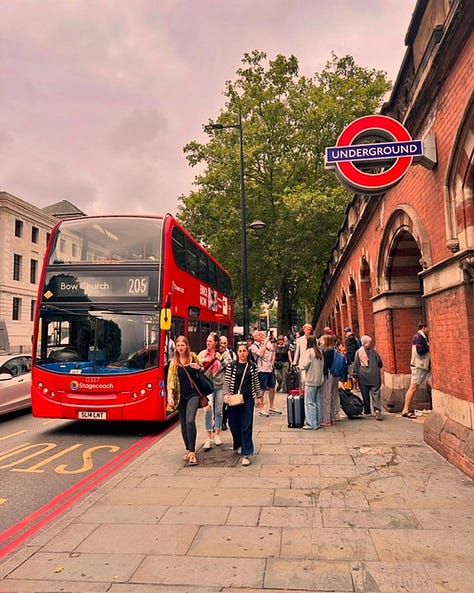

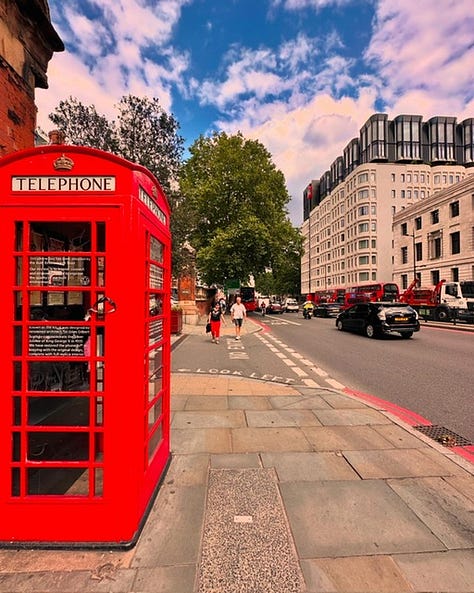
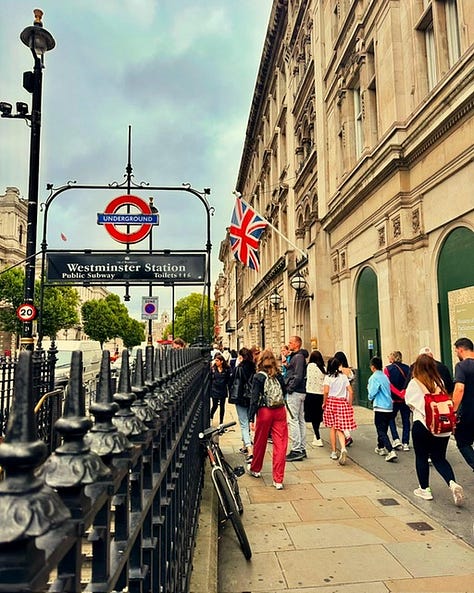
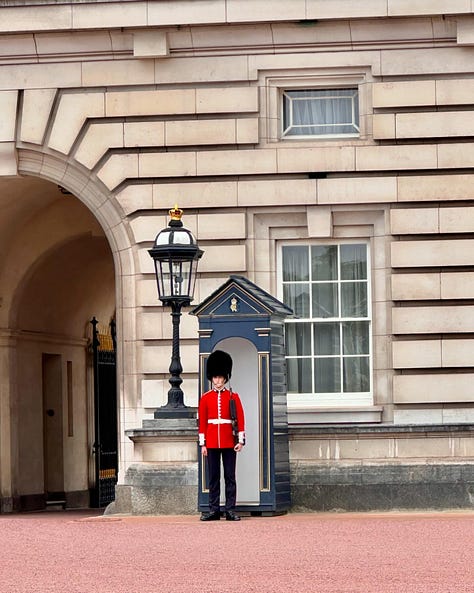
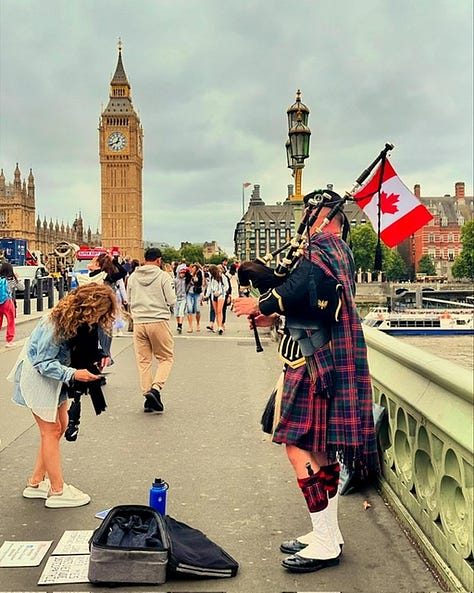
After two months on the European continent, London provided a culture shift, both for comfort and annoyance.
I stayed in the northeast end, at the last stop of one of the underground lines, and spent as much time in quasi-suburban areas as I did in the traditional tourism areas.
And that ended up being a silver lining: for one, it allowed me to fully appreciate the vastness of London.
It is truly a global city, and to see so many different communities thriving in different neighbourhoods reminded me of some of the first places I went to on this trip, like Montreal and New York, but which had sort of receded in South America and continental Europe.
It also meant I spent less time in the centre with Big Ben, Buckingham Palace, and 20,000 museums and theatres.
When I was there, the destinations themselves were very interesting. Navigating around them and walking in the centre of London? Much less pleasant.
Part of that stems from the city’s historic lack of central plan: whereas Paris and Amsterdam and Vienna and so many other European capitals have clear urban design principles, London’s core is a bit of a crammed-in jigsaw puzzle that doesn’t fit, full of oddly jutting streets and packed sidewalks.
If you’re taking the tube directly to a destination, it isn’t so bad — despite its lack of air conditioning, the extensiveness of the underground really is a wonder — but the city hasn’t really prioritized bike lanes, buses, or wide pedestrian streets, and it shows.
Of course, people have been complaining about the teeming mass in the London streets since the time of Dickens, yet now there are six million more people living here compared to 1850, and the infrastructure is worse for wear than many places on this journey.
Still, there’s all sorts of elements of this country where a comparison between now and 1850 would be awkward.
Which brings us to the British Museum.
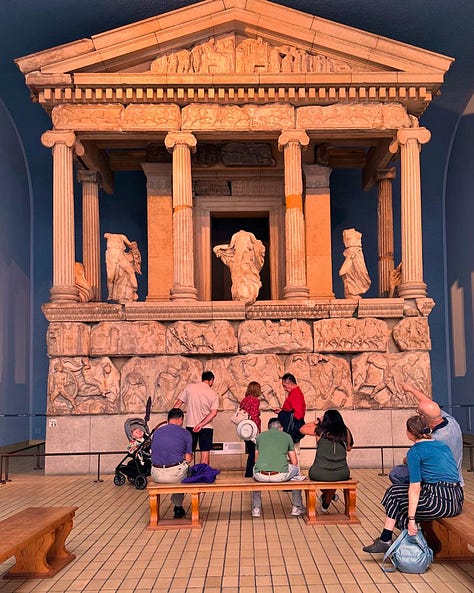
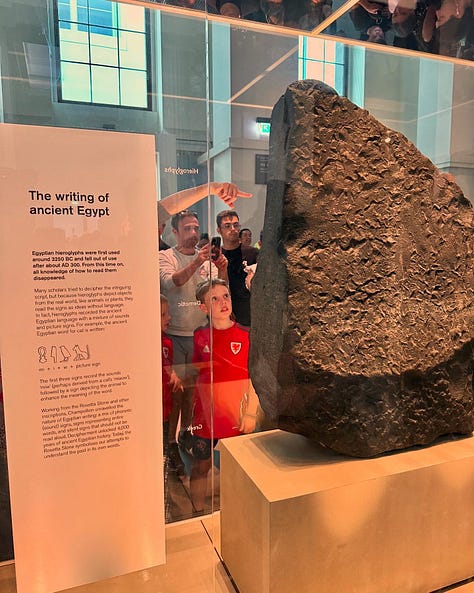
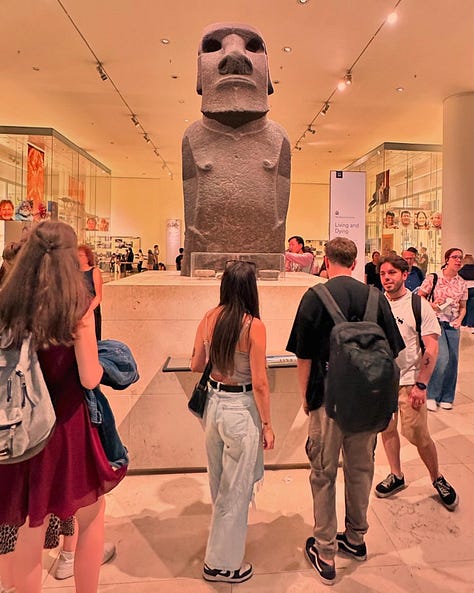
The main problem with the British Museum isn’t that it has stuff stolen from other people.
I mean, depending on your perspective, that is a big problem. But that’s also the case with a lot of national museums around the world. It’s an ongoing issue with the Royal B.C. Museum in my hometown.
And true, the British Museum has, to paraphrase James Acaster, a lot of stuff they’re still looking at, from the Elgin Marbles to the Rosetta Stone to the Bronzes of Benin.
However, the Louvre has plenty of contested items from the Persian Empire and Egypt. The Netherlands’ Rijksmuseum has artifacts from their colonies. As I wrote about in Germany, there’s an entire museum devoted solely to ancient monuments from other countries.
So why has one place gotten such a large share of the world’s critique of colonial museums?
I think the answer lies in the fact that the British Museum has very little say about Britain.
Of the 90 or rooms in the sprawling structure, just two are devoted to artifacts from the United Kingdom. By their own admission, the mission of the museum is to “hold for the benefit and education of humanity a collection representative of world cultures.”
In the big introductory room to the museum on the main floor, a lot of space is devoted to the museum’s founder Hans Sloane, and context of how it came to be: the Age of Enlightenment, of collecting knowledge, of Europeans trying to fit together how the world (from their perspective).
Ergo, get all the good stuff and put it in one place.
But in an era where people can see and study stuff digitally from anywhere in the world, it means there’s an emptiness at the heart of the Museum.
The Louvre is devoted to a lot of things, including endless rooms and jewels and artwork about France. The Rijksmuseum is centred around the great explosion of Dutch culture and art in the 17th and 18th centuries. Most modern museums are devoted to specific topics or cultures or events or people.
The British Museum is devoted to having all the stuff.
And you can probably still see the stuff for quite some time! But it means its a heck of a lot harder to modernize than most museums.
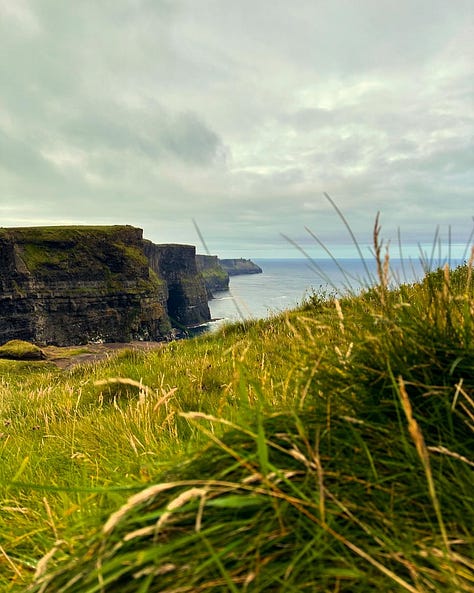
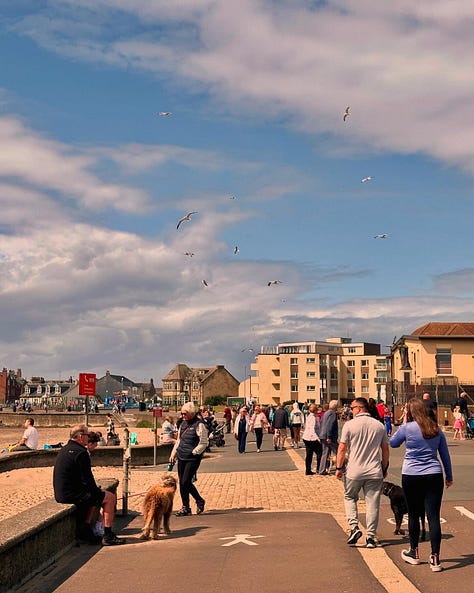
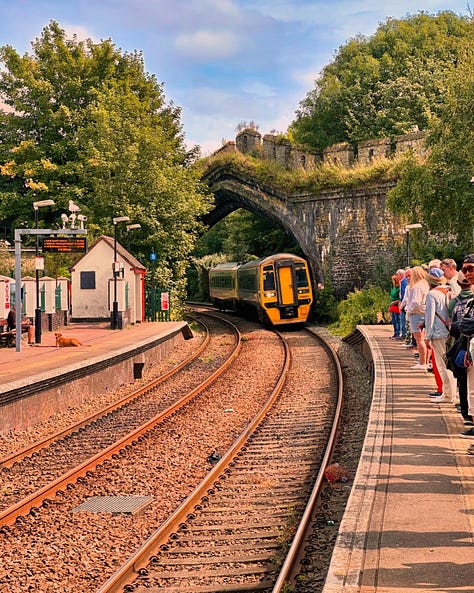
I probably wouldn’t have spent so much of my time after London thinking about these sorts of questions if not for the riots.
This was in large part due to the timing: the fatal stabbings that sparked the riots happened the day after I left and began my tour of the rest of the British Isles.
Wales and Scotland each have their own distinct relationship with England, all with chapters of violence and pushes for separation, and all with similarities and differences in the local culture.
None of cities there felt the need to riot.
(Nor in Ireland, where I had a wonderful time in Dublin and Galway, but I ended up spending only a few days there, so my observations are sparser)
The contrast sparked a litany of think pieces as to why the riots happened where they did. Some cited the lower Muslim immigration in Wales and Scotland, while others emphasized the distinct strain of nationalism in the two countries.
It was interesting to read and watch the news in big cities and quiet seaside towns just a couple hours away as they went through their regular summertime rhythms: thousands of people flooding Edinburgh for the annual Fringe Festival, young families wandering the beaches in Ayr and St. Andrews, the summertime feeling of 20% of locals decampaing somewhere else.
(Scotland in particular had a lovely mix of quirky pride and a laid-back feel — Glasgow and Edinburgh lovely big cities without being too overwhelming — that probably made it one of the biggest exceeders of expectation on this trip so far)
Interestingly, the Welsh castles and Scottish museums seemed to wrestle with colonialism and their favoured place in the Empire much more than the English equivalents, while still devoting plenty of time to their own unique character.
Is it easier to examine one’s privilege and adapt to the changing realities of the world when you’re adjacent to the biggest tensions, instead of right in the centre?
Maybe. Or maybe I just have rose-coloured glasses after seeing lots of great Fringe shows.
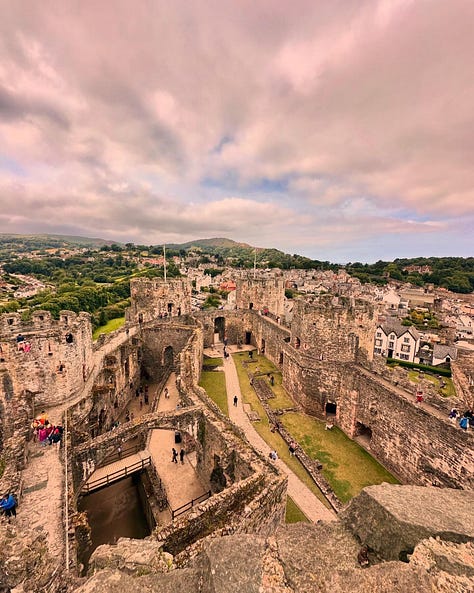
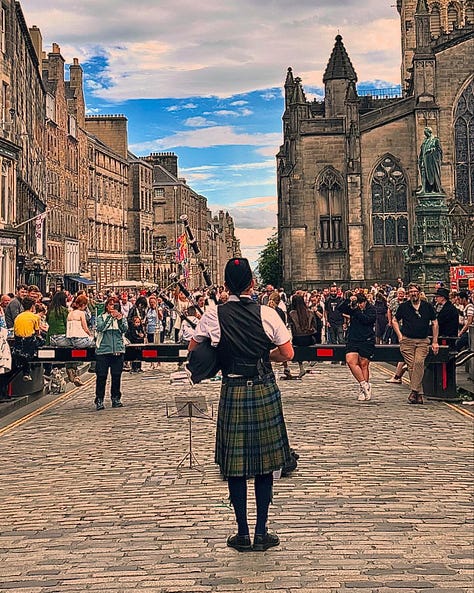
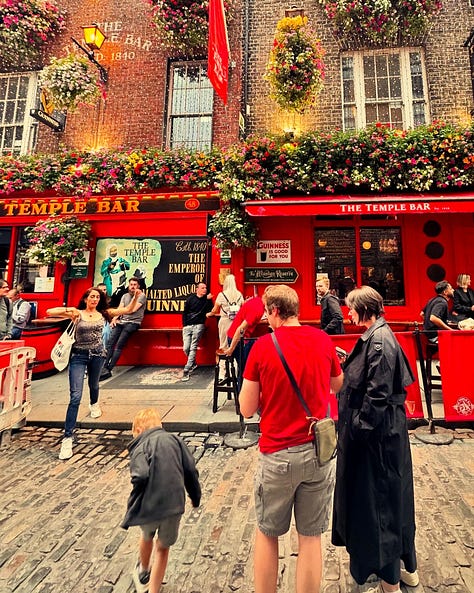
I think part of rumination about *all this* is because of my own backstory.
Around half of my lineage is Scottish and English (the rest a mix of Irish, French and Ukrainian), and I grew up in Victoria, British Columbia, named for the exact reasons you think.
Because it was founded at the height of British Empire building and nationalism, Victoria was imbued with a fondness for the home country that was still very much present when I was growing up.
All of which is to say I was raised thinking the land of scones and Shakespeare was just dandy, and generally unaware that the rest of the world did not share the same blithe positivity.
Of course, two decades of being an adult had changed my understanding a fair bit.
It’s one thing though to understand tensions theoretically. It’s another thing to see and hear them very visibly in Argentina, or Ireland, or watch Euro games involving England in any continental pub and see 90% of people cheering for the other team, or have multiple people from other countries ask you “why does Canada love the monarchy so much?”
At a certain point, tiny lightbulbs start going off in your head constantly.

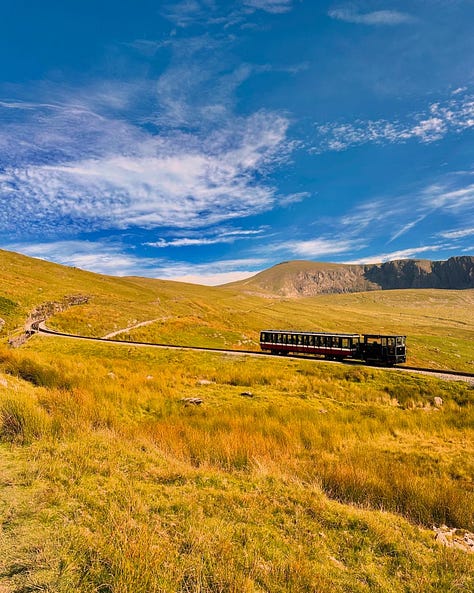
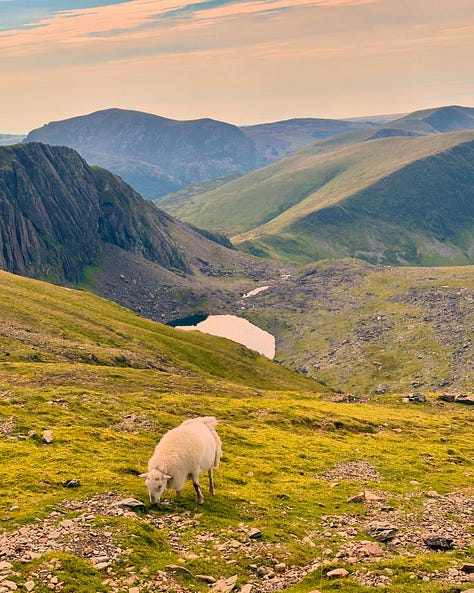
Rather than end on that depressing note, let’s talk about trying to play the most famous public golf course in the world.
People have been playing the Old Course at St. Andrews for as long as golf has existed, which understandably created a demand and supply imbalance.
In spite of that, if you want to play it as a single golfer, there was one guaranteed hack: wake up in the middle of the night, and queue next to the first tee until the course marshals arrived as the sun rose for the beginning of play. If there were 12 spaces available for individual players that day, the first 12 people in line would be guaranteed spots, and so on.
Sadly, this One Cool Trick eventually attracted too many degenerates like myself, and three days before I left on this trip, they changed the rules. Now, anyone who wanted to play could enter a lottery the day before, and then be given a number at 5pm that evening, telling them whether they got to a tee time…or if they were someone on the waiting list.
I gave myself two chances to get on this list, thinking at the worst I’d be able to spend a few days in a cute university town.
On Day 1, I was 63rd on the waiting list. On Day 2, I was better — but still just 23rd.
That was that. A disappointment, yet also a reminder that even during this most amazing of years I can’t control everything, that planning and saving can only do so much, that luck is an element of life and that one should be able to roll with the punches.
And I continued to think that, up until the point I was waiting at the bus station to leave the town and get on a train to York.
Almost absentmindedly, I checked my email, and saw I had just gotten a message.
Turns out, about a quarter of the tee times on the Old Course are reserved every day for locals. But on days when the weather is bad — or could be bad — a lot of them cancel their spots, since they pay a yearly fee and have endless flexibility.
A storm was coming in. Dozens of locals had cancelled their tee time. I was told to get to the clubhouse if I wanted a chance to play.
And two hours later, I was standing on the first tee, playing with two local caddies at the only golf course that every great in the history of the sport had tested themselves at.

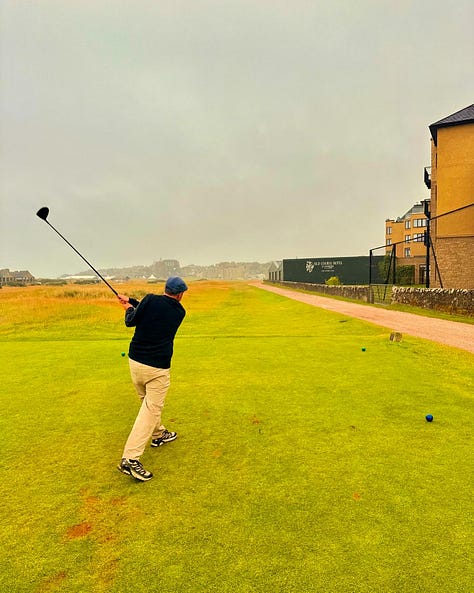
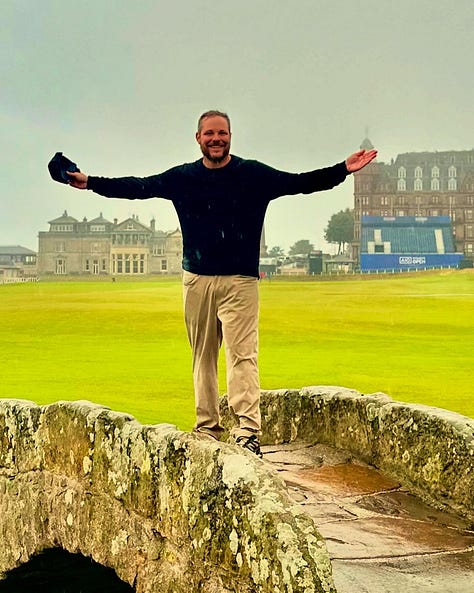
It was an amazing, spiritual four hours, made all the better because I actually was able to hit some good shots.
And it wasn’t the only place where I felt a sense of serenity.
At the top of Mt. Snowdon, in Dublin pubs where people played fiddle music, beside the Cliffs of Moher, at the top of Edinburgh Castle: to be in some of the most iconic places of my ancestors, to wear a sweater in the middle of summer, to eat fish and chips and haggis and a Sunday Roast, to know that I was repeating the same steps as those that settled the country I grew up in was an experience, in spite of everything else going on.
Other countries I go to on this trip might be “better”, or have smarter-planned cities, or contain more amazing experiences.
But they won’t activate the same feelings.





Love that you got to play golf at St Andrews - perseverence!
Love your account of this leg! Just wanted to point out that Dublin had very similar riots after a similar attack in 2023 (https://www.theguardian.com/world/2023/nov/23/dublin-knife-attack-children-stabbing-ireland-parnell-square?CMP=Share_iOSApp_Other). And also many people travelled up from Republic of Ireland to riots in Belfast this summer…populism, and far right attitudes are growing in Ireland too. Have you read The Prophet? A very disturbing book, I couldn’t finish it :(